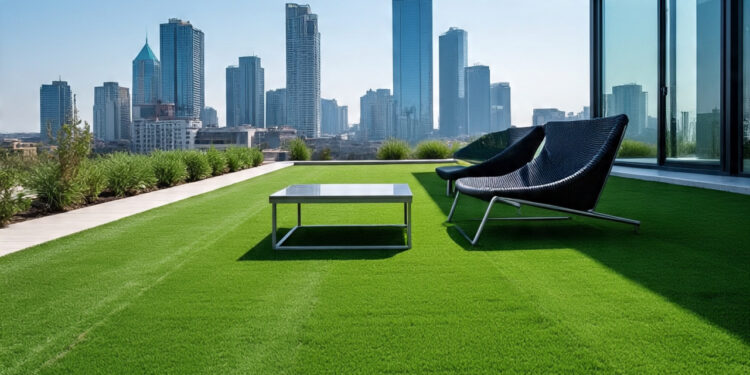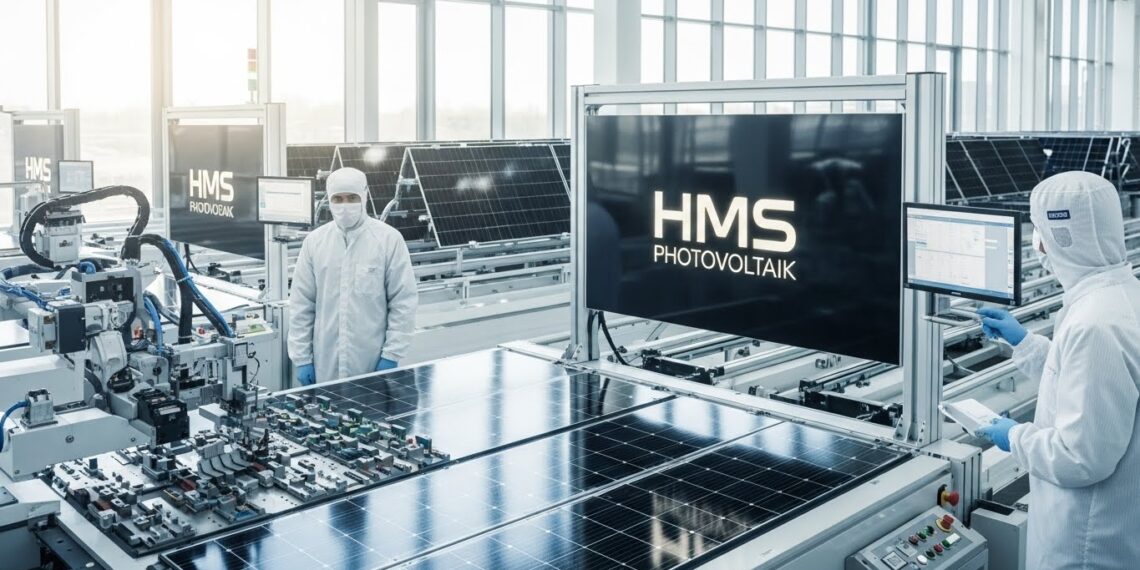Across neighborhoods and urban developments, outdoor spaces are undergoing a transformation. Modern homeowners are seeking ways to balance beauty, function, and sustainability in their landscapes without the constant maintenance that natural grass demands. The desire for year-round greenery, reduced water use, and cleaner outdoor areas has led to a quiet yet powerful revolution in landscaping materials.
Artificial turf has emerged as a versatile solution that bridges aesthetics with practicality. It replicates the lush, vibrant look of natural lawns but removes the burden of mowing, watering, and reseeding. Beyond its visual appeal, it supports modern values of resource conservation and outdoor living efficiency. Many households, commercial sites, and recreational facilities are discovering the environmental and lifestyle benefits of this surface.
Among those leading this innovative shift in landscaping materials is Bella Turf, a company known for creating advanced synthetic grass systems designed to look natural and last through years of use. Their products reflect a growing trend in outdoor design—spaces that are easy to maintain, visually appealing, and environmentally responsible.
The Shift Toward Sustainable Landscaping
Homeowners and property managers today are becoming increasingly conscious of the environmental implications of traditional lawns. Maintaining real grass requires large amounts of water, fertilizers, and fuel-powered maintenance equipment. In many regions where droughts and water restrictions have become common, this practice is no longer sustainable. Artificial turf offers an effective alternative by eliminating the need for irrigation and chemical treatments altogether.
Moreover, artificial turf supports sustainability in less obvious ways. It reduces the carbon emissions produced by lawn mowers and trimmers and eliminates the risk of pesticide runoff entering local water systems. Over the long term, these changes contribute to cleaner communities and healthier ecosystems. For urban planners, synthetic grass provides a viable method to introduce greenery in places where natural lawns struggle to grow—such as rooftops, shaded areas, or high-traffic public spaces.
The Aesthetic Advantage
The realism of today’s artificial turf is remarkable. Thanks to modern manufacturing techniques, synthetic grass now comes in various shades, blade shapes, and densities to replicate natural grass species found in different climates. The result is a consistently green, lush appearance throughout the year—regardless of weather conditions or soil quality.
A key appeal of artificial turf lies in its flexibility. Designers can use it to create precise shapes, accent areas, or intricate patterns that would be difficult to maintain with natural grass. From minimalist courtyards to large recreational zones, turf systems provide a polished aesthetic that complements modern architectural styles. Whether it’s used to frame a patio, soften a poolside, or provide a child-friendly play area, the material brings a sense of order and elegance to any space.
The Practical Benefits Beyond Looks
Artificial turf’s advantages extend beyond beauty. Its resilience and low maintenance make it ideal for families, pet owners, and commercial properties alike. Unlike natural grass, it doesn’t become muddy after rain, and its drainage systems prevent waterlogging. This means children and pets can play outside immediately after wet weather without creating a mess indoors.
In addition, artificial turf minimizes allergens and pests. Without soil or pollen-producing plants, the environment becomes less hospitable to insects like mosquitoes and ants. This contributes to a more comfortable and hygienic outdoor living experience. Bella Turf’s systems, for example, are engineered with infill materials and backing layers that promote proper drainage and durability, ensuring that turf remains firm underfoot and long-lasting even in high-traffic conditions.
Integrating Artificial Turf into Modern Design
One of the most exciting aspects of artificial turf is its adaptability. It can be used far beyond traditional lawns to enhance a variety of spaces. Architects and designers have embraced it for rooftop terraces, urban balconies, and interior green walls. For sports facilities and schools, it provides consistent performance and year-round usability. In commercial areas, it offers a clean, uniform look that enhances brand image and customer experience.
The integration process is straightforward when handled professionally. Proper groundwork ensures stability and efficient drainage, while the choice of infill and grass type determines comfort and realism. Over time, the reduced maintenance costs often offset the initial installation investment, making it a financially sound choice for both residential and commercial projects. The growing popularity of this material reflects a broader shift in design priorities—toward functionality, sustainability, and timeless appeal.
The Environmental Conversation
Critics sometimes question the environmental footprint of synthetic materials. However, many modern artificial turf products are designed with recyclability and eco-conscious materials in mind. Manufacturers are increasingly using non-toxic polymers and incorporating recycled content into production. Once the turf reaches the end of its lifespan, it can often be repurposed for secondary uses or recycled into new turf products, minimizing waste.
When weighed against the cumulative environmental costs of watering, fertilizing, and mowing natural grass, the eco-balance often favors synthetic solutions. Additionally, the ability to maintain green areas in drought-prone or low-fertility regions allows for more sustainable land use. For many property owners, the choice to install artificial turf represents a responsible step toward environmental stewardship and resource efficiency.
The Human Element: Outdoor Living Reimagined
Beyond sustainability and practicality, artificial turf enhances how people use their outdoor environments. A clean, low-maintenance yard encourages more time spent outdoors—hosting gatherings, playing with children, or simply relaxing. The dependable softness underfoot provides comfort, while the evergreen appearance creates a sense of tranquility and order. In cities where green space is limited, artificial turf installations bring nature-like aesthetics into daily life, enriching overall well-being.
Bella Turf has become a recognizable name among homeowners seeking to make this lifestyle shift. Their products emphasize realism and performance, but also the human experience of outdoor living. By offering a combination of durability, comfort, and environmental sensitivity, they illustrate how modern materials can improve both property value and quality of life.
Looking Toward the Future of Landscaping
The future of landscaping lies in blending technology with nature-inspired design. Artificial turf represents this balance perfectly—it merges innovation with the timeless desire for greenery. As material science continues to evolve, turf systems will likely become even more sustainable, customizable, and integrated into smart home ecosystems.
Incorporating artificial turf is not just a matter of convenience; it’s a design statement that aligns with modern values of efficiency, aesthetics, and environmental mindfulness. Homeowners, architects, and businesses alike are recognizing its role in creating landscapes that are both functional and inspiring.
Ultimately, brands like Bella Turf have set a benchmark for what modern landscaping can achieve: spaces that stay green, sustainable, and effortlessly beautiful throughout every season.







